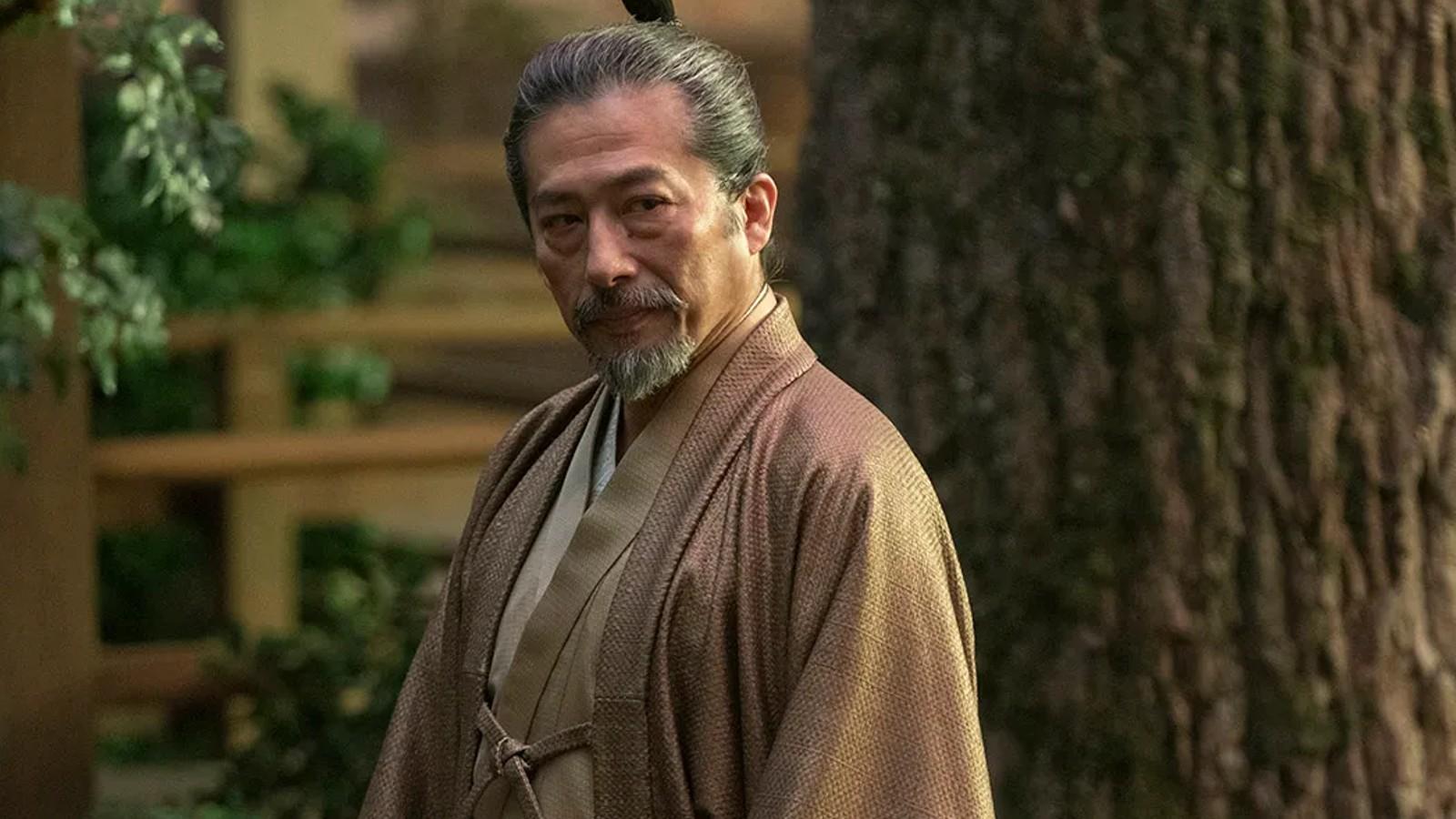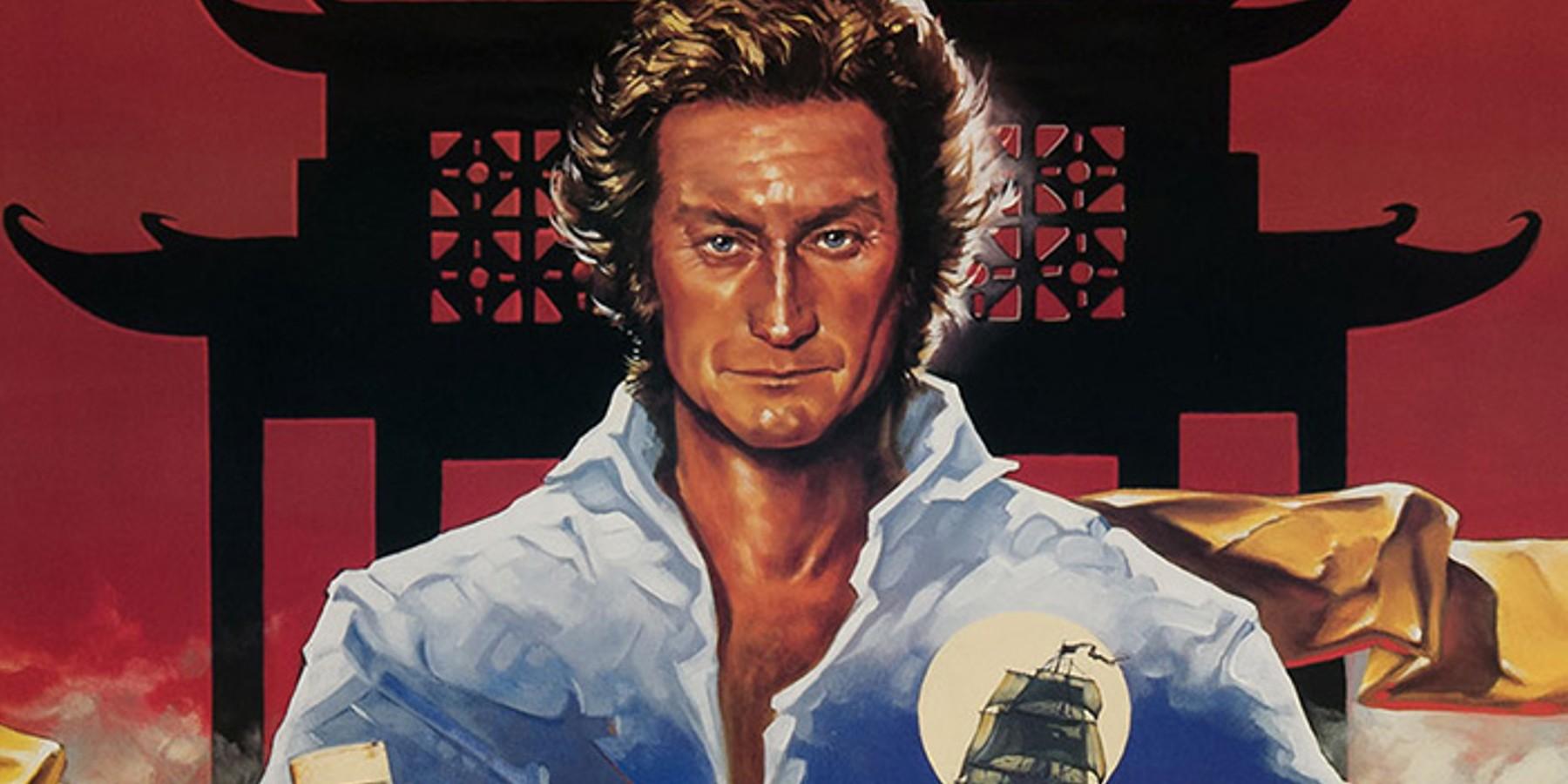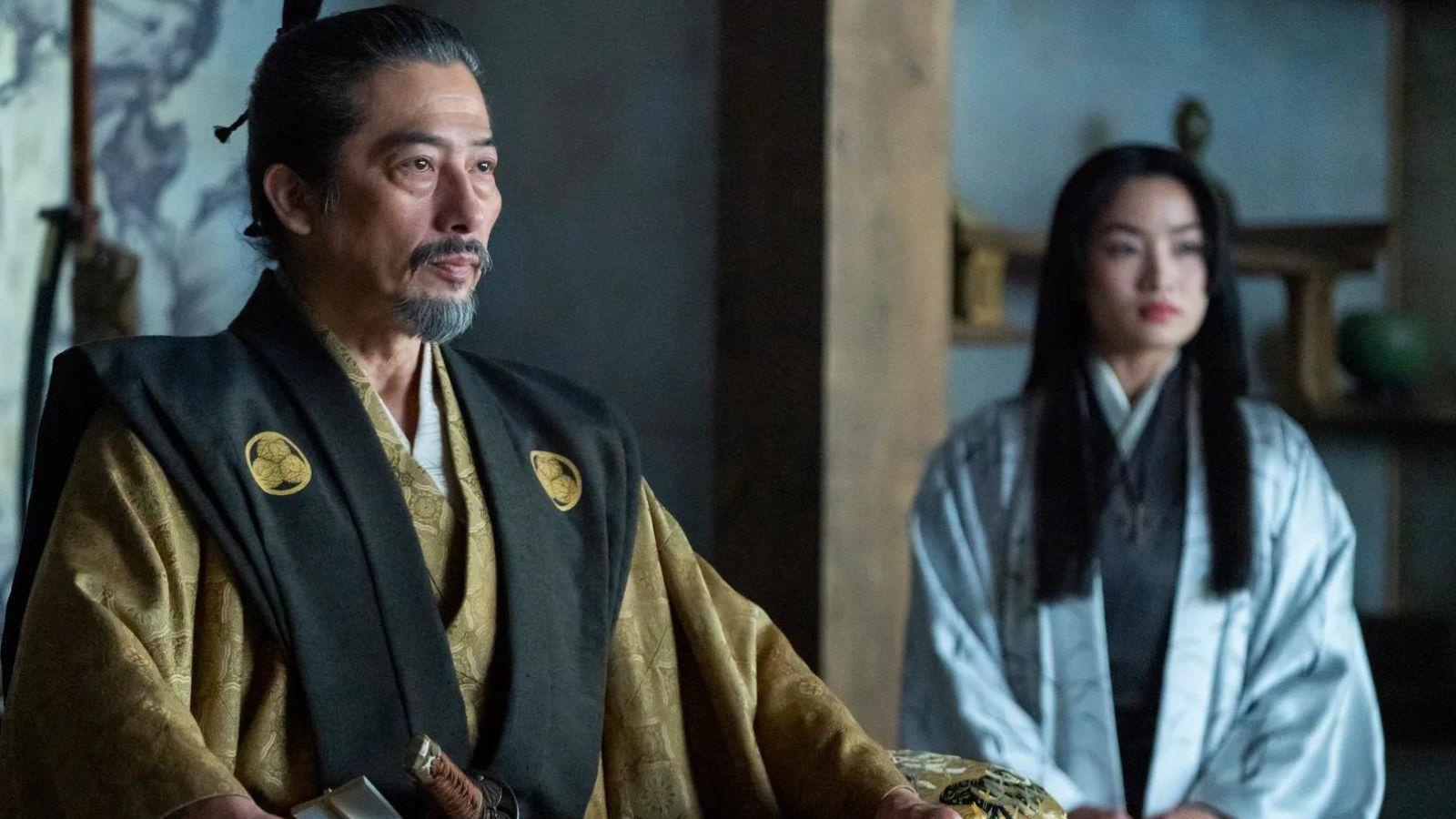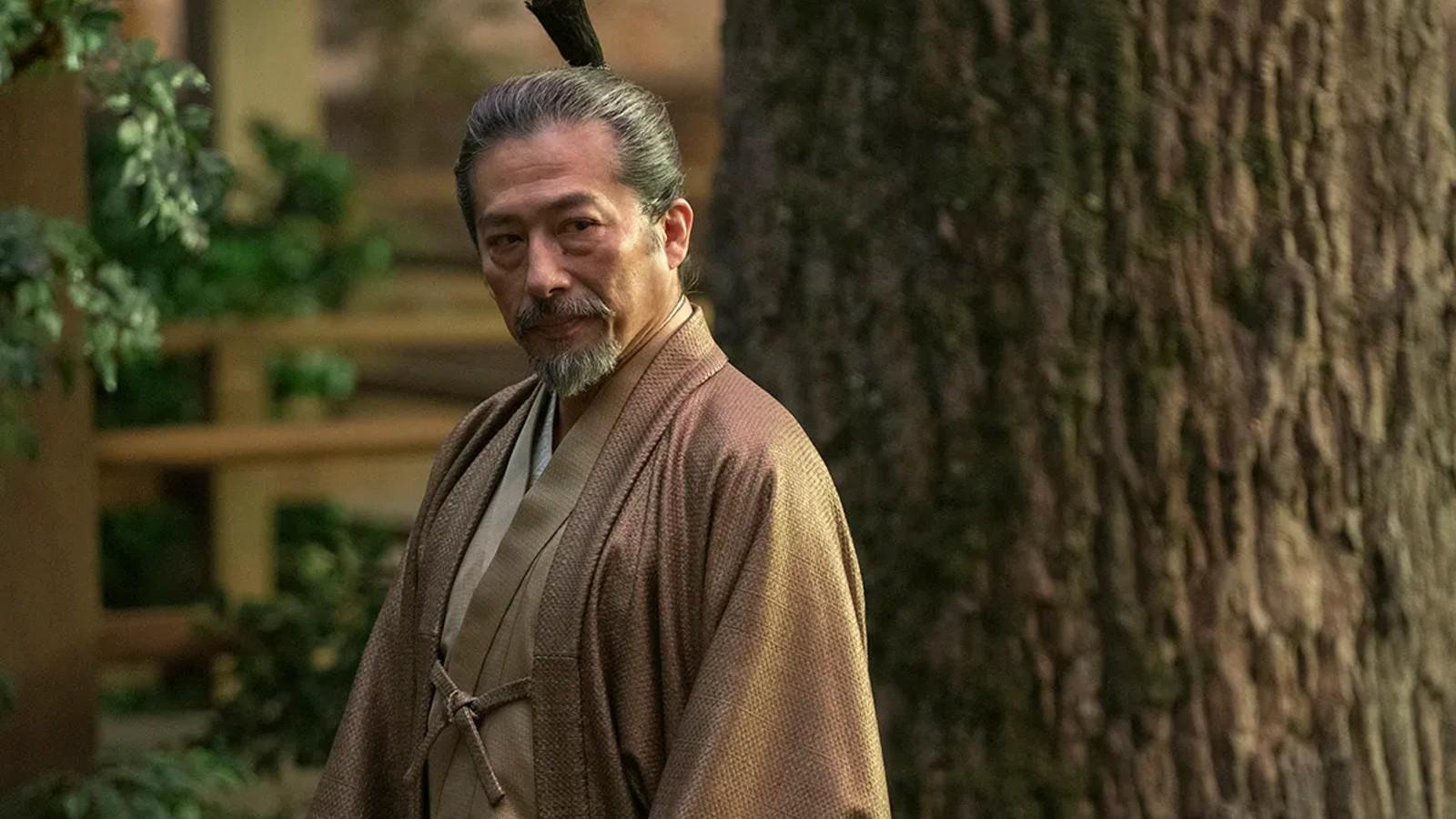Is Shogun all in Japanese?
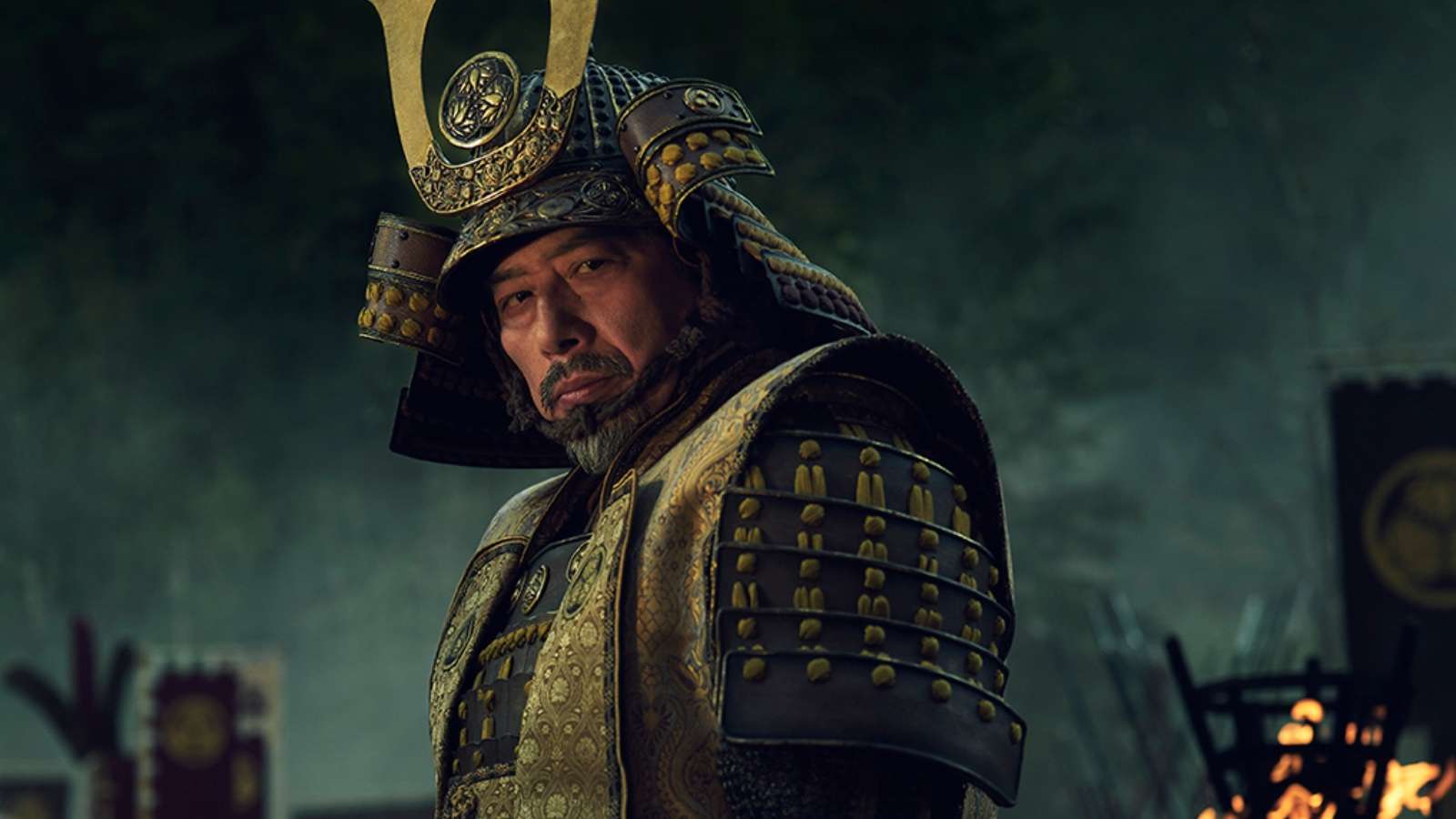 Hulu/FX
Hulu/FXShogun is a historical limited drama that takes place in 1600s Japan and follows political intrigue and battles tied with Japan’s history – but is the series entirely in Japanese?
Based on the 1975 novel, Shogun’s storyline focuses on two ambitious men from different worlds and a female samurai. John Blackthorne is an Englishman shipwrecked in a new land that will ultimately change his life. Alongside is Lord Toranaga who deals with dangerous political rivals.
The series also stars Lady Mariko, a female samurai whose talents are overshadowed by her dishonorable family ties. With Shogun working off James Clavell’s storyline mixing fabricated details with historical facts, it had to incorporate multiple aspects of Japanese culture.
The first two episodes has been helmed as one of the most impactful series of 2024 so far. Likely because of its storyline and use of Japanese.
Is Shogun all in Japanese?
No, the series mixes Japanese and English dialogue throughout its storyline. But a majority is in Japanese as many of the characters are Japanese with the story taking place in Japan.
The series takes place in Japan during the year 1600. It follows the narrative of a feudal Japanese lord engaged in a struggle to defend his fiefdom against the Council of Regents. Meanwhile, the discovery of a mysterious European ship off the coast of Japan adds intrigue to the unfolding events.
In an interview with Town & Country, producer Eriko Miyagawa explained that if the series were to have been made 10-15 years ago, there would have been a heavier emphasis on English. But times have changed and have allowed for a bigger acceptance of the use of other languages.
“I feel like in this day and age, audiences are more open to reading subtitles, and seeing actors who speak their native language deliver the performance. The time was calling for this level of authenticity,” she explained.
Showrunner Justin Marks agreed saying, “To deny these characters—to deny our story the sophistication that would require us to understand what these Japanese characters are saying, and thus to have it subtitled, would be to sort of cut us at the knees in terms of how interesting this story could be.”
They ultimately went against having Shogun entirely in English because it also limited the casting pool. It meant looking for actors who simply fit the criteria of being of Japanese descent but could speak English. Marks explained it wouldn’t give them the best of the best.
“This is a show about translation. This is a show about the process by which we don’t really fully understand what is being said and then learn, or watch someone translate, giving their angle for what they want. I don’t know how you do that if you’re substituting it all for English,” he explained.
When it came to subtitles, there were a few tricky moments as actor Anna Sawai would improvise some lines. It led the team to work hard on bridging the gap between her actions on screen and the emotions that needed to be conveyed.
Shōgun is available to stream on Hulu.
